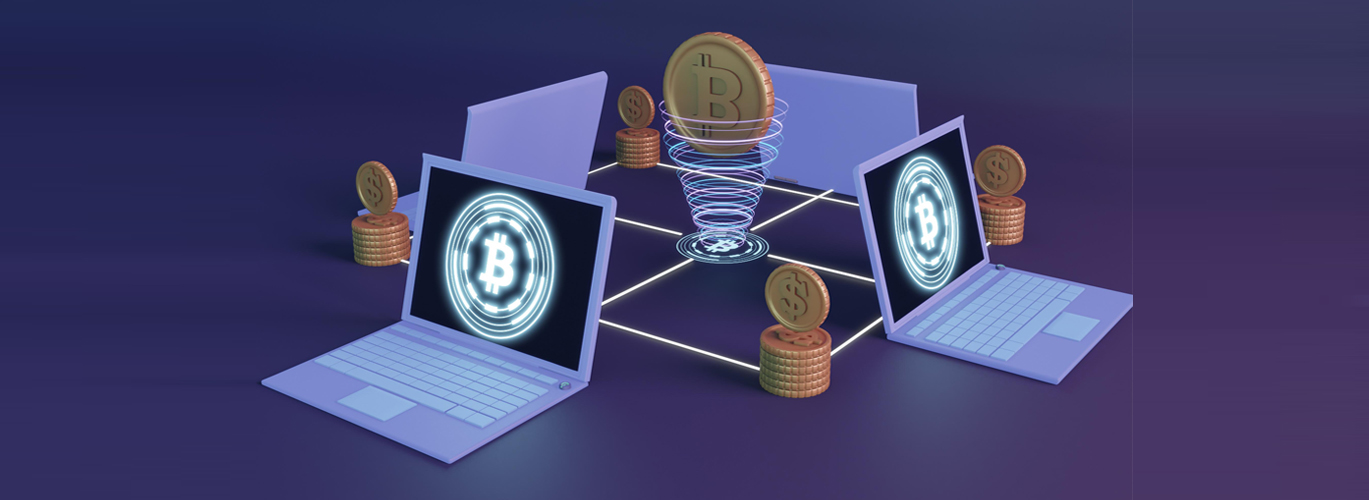What is the merge?
The merge is Ethereum’s much promoted move to proof of stake. Currently, the cryptocurrency’s network utilises the same consensus network as Bitcoin: proof of work. This remarkable energy-intensive way of keeping the network secure uses high amounts of electricity (more than entire countries) to process new transactions on the network.
Proof of stake is distinct, though. Instead of using miners, validators are required. Anybody can be validators having at least 32 ETH available to “stake,” or pledge, to the network. Users with smaller amounts of ETH can also participate through staking pools or cryptocurrency exchanges.
Doing things this way will be a solution to proof of work’s energy consumption:the Ethereum Foundation states that it will make the network more than 99% more energy efficient.
But this upgrade will not be a solution to other issues with Ethereum’s throughput and capacity which means how many transactions are processed per second. That, it is hoped, will come later.
Why is it called the Merge?
Already Ethereum has a PoS network known as the Beacon Chain which was introduced in 2020. But it is not yet used for processing transactions. Currently, it’s just a staging area for computers operating the Ethereum network to prepare for the PoS upgrade.Ethereum’s full transition to PoS needs merging the Beacon Chain (called the “Consensus” layer) with Ethereum’s PoW mainnet (the “Execution” layer).
What is a Beacon Chain?
Beacon Chain is basically a proof-of-stake consensus layer which has been functioning separately from the Ethereum Mainnet so far. Even so, the Ethereum Merge will efficiently replace Ethereum’s existing PoW based consensus layer with the PoS based consensus mechanism, which is called the Beacon Chain.
Why does the Ethereum Merge matter?
On account of the possible material and philosophical ramifications, The Merge, which has been six years in the making, is considered by many as a jewel in the crown in the history of cryptocurrencies.
Behind months of market instability brought on, among other things, by inflation and rising interest rates, this breakthrough may help in increasing market confidence and infuse some much-needed optimism.
It is known that the Ethereum merging will demonstrate that a decentralised and permissionless network can run in an energy-efficient manner. Furthermore, a Merge like this is a completely unusual event in cryptocurrency and might never happen again.
How Will the Ethereum Merge Influence Your Crypto Investments?
A few experts’ states that the update could accelerate growth for Ethereum after new blockchain projects ate into its market share over the past six months.
“I do believe that we will see a positive reaction in the markets post-merge,” stated by the YouTuber and crypto educator Hashoshi in an episode of his podcast “Crypto Over Coffee” earlier this year.
It is because the ethereum merge could increase the speed of processing and provide more security and stability, and a 98% or greater reduction in Ethereum’s energy consumption, Hashoshi said.
Related altcoins may see a price growth with this upgrade, said by Armando Aguilar, an independent crypto analyst and former digital asset strategist at Fundstrat Global Advisors.
“The positive momentum will be for those projects that are building on top of Ethereum such as polygon, arbitrum … among many others,” he says. However, competing protocols like solana and polkadot might experience added pressure from the ethereum ecosystem, as the upgrade will enable the network to scale, bring down transaction costs, and attract additional adoption of blockchain technology.
What are the benefits of Ethereum Merge
The very basic advantage of the Ethereum Merge taking place in the second largest blockchain network by market capitalization is that, if proficiently implemented, this step would instantly turn this massive network into a very energy efficient one. The Ethereum Merge, is the first step in a long-term plan to make the Ethereum network more energy efficient, enhance scalability and security going into the future.
The Merge is actually the transitioning of the whole Ethereum network from a proof-of-work (PoW) consensus mechanism to a proof-of-stake (PoS) one. As per the Ethereum Foundation, this move alone would make Ethereum 99.95% more energy efficient than it is today, thanks to the way PoS works.
The other benefit is that the Merge paves the way for the future of the network to enhance its scalability, through a process called Sharding.
Now, what might be shrading?
Sharding is actually a multi-phase method to increase Ethereum scalability and capacity in the future. In an era where blockchain like Solana and Cardano exist, which output transaction speeds in the hundreds and thousands, at a fraction of the cost of what Ethereum does – this is a truly important step.
Sharding also supports the distribution of data storage needs, allowing rollups to be cheaper and creating nodes far easier to function. It also will allow layer 2 solutions built on the Ethereum network to provide even lower transaction fees while leveraging the security of Ethereum. Sharding is predicted to happen right after the Merge of the Ethereum Mainnet with the Beacon Chain.
The top 5 myths about the Ethereum Merge
Similar to many highly awaited and significant events, a lot of myths are common in cryptocurrency. The most known ones are given below.
Myths
- 1
It needs staking 32 ETH to run a node There are two kinds of nodes on the Ethereum network, those that can suggest blocks and those that can’t. Even if they do not propose partnerships since they are not obligated to commit ETH, these individuals are essential to the network’s security as they hold all block proposers accountable. - 2
This Merge will effect complete network downtime It is intended that there will be no downtime during the Merge upgrade. It must always be feasible for the network to continue operating as planned. - 3
Every staked ETH will be withdrawn after the Merge The rate at which validators vacate the network is capped. Security factors drive this action. Barriers are permitting about 43,200 ETH to escape each day. More than 13 million ETH are staked, at the time of writing. - 4
Transaction speed will increase greatly Transaction processing times on the Mainnet will remain constant, even after the integration, with a few minor exceptions. - 5
Gas fees will fall after the Merge There won’t be a decrease in gas prices because of the Merge as it won’t increase network capacity and rather affect the consensus method as a whole. Even so, there are scaling strategies under development that are planned to accomplish that; most of them are geared for layer 2s.
As a whole, The Merge is without a doubt one among the most significant moments in the history of cryptocurrencies as one of the largest protocols will go through a massive transformation.






